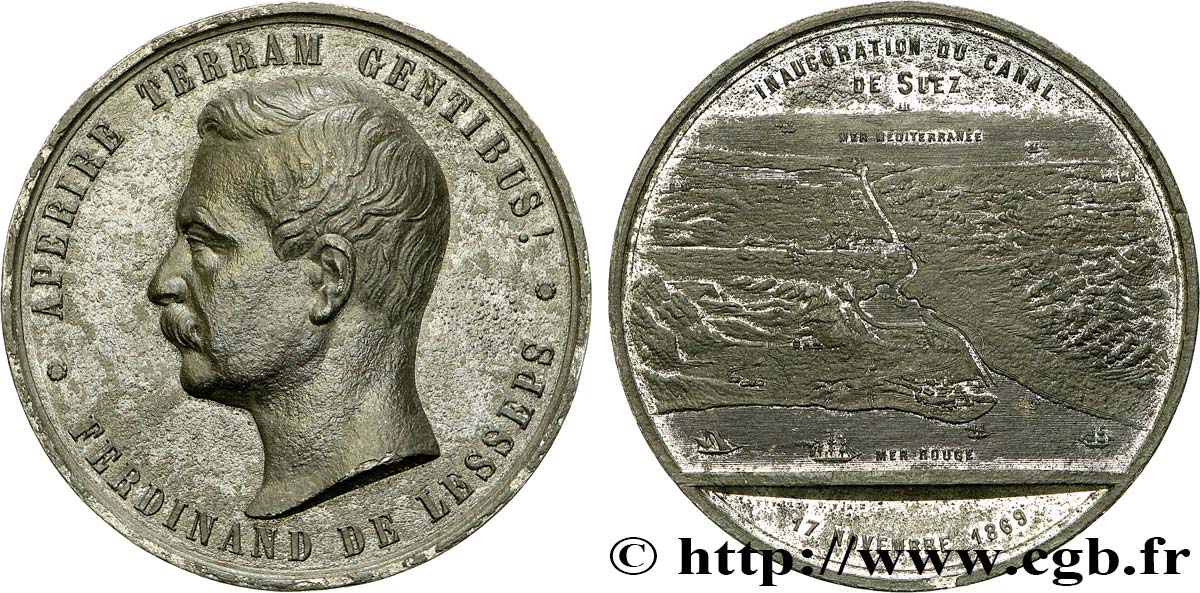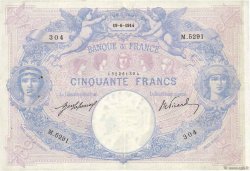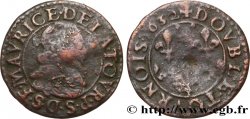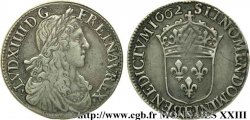недоступный.
Товар уже продан в нашем интернет-магазине (2022)
Цена: : 85.00 €
Товар уже продан в нашем интернет-магазине (2022)
Цена: : 85.00 €
Тип Médaille d’inauguration du Canal de Suez
Дата: 1869
Монетный двор / Город: Egypte, Suez
Металл: tin
Диаметр: 49,5 mm
Ориентация осей монеты: 12 h.
Гравер TURIN Pierre (1891-1968)
Вес: 44,61 g.
Век: lisse
Пуансон: sans poinçon
Комментарии о состоянии
Patine hétérogène avec du brillant de frappe encore visible au revers. De l’usure sur les reliefs
Лицевая сторона
Аверс: легенда: APERIRE TERRAM CENTIBUS ! / FERDINAND DE LESSEPS.
Аверс: описание: Portrait de profil tourné vers la gauche.
Обратная сторона
Реверс: легенда: INAUGURATION DU CANAL/ DE SUEZ/ 17 NOVEMBRE 1869.
Реверс: Описание: Vue aérienne de la région du canal à partir de la mer Rouge, au fond la mer Méditerranée ; à l’exergue signature A. RESTELLI F. TURIN.
Комментарий
Diamètre sans la bélière : 49,5 mm
La possibilité de faire un canal entre la mer Méditerranée et la mer Rouge fut démontrée dés 1841. Ferdinand de Lesseps, bénéficiant de l’amitié du vice-roi Saïd Pacha, entreprit la réalisation du projet. Ayant obtenu une concession de quatre-vingt-dix-neuf ans, il fonde la Compagnie universelle du canal de Suez avec 400.000 actions de 500 francs souscrites pour plus de la moitié par des Français. Les travaux commencèrent en 1859 mais s’interrompirent en 1863 sous la pression anglaise. L’intervention de Napoléon III sauva l’entreprise et les travaux recommencèrent en 1866. Le 17 novembre 1869, le canal était inauguré en présence de l’impératrice Eugénie, de l’empereur François-Joseph, des princes héritiers de Grande-Bretagne et de Prusse, d’Abd-el-Kader. Long de 162 kilomètres, le canal abrégeait de 8000 kilomètres le trajet Londres-Bombay. En 1888, le canal reçut un statut international et devait désormais être ouvert à tous en temps de paix ou de guerre, ce qui ne fut pas toujours respecté notamment lors des deux Guerres mondiales.
Diameter without bail: 49.5 mm The possibility of building a canal between the Mediterranean Sea and the Red Sea was demonstrated as early as 1841. Ferdinand de Lesseps, benefiting from the friendship of Viceroy Said Pasha, undertook the project. Having obtained a ninety-nine-year concession, he founded the Universal Suez Canal Company with 400,000 shares of 500 francs, more than half of which were subscribed by French people. Work began in 1859 but was interrupted in 1863 under English pressure. The intervention of Napoleon III saved the project and work resumed in 1866. On November 17, 1869, the canal was inaugurated in the presence of Empress Eugenie, Emperor Franz Joseph, the Crown Princes of Great Britain and Prussia, and Abd-el-Kader. At 162 kilometers long, the canal shortened the London-Bombay journey by 8,000 kilometers. In 1888, the canal was granted international status and was to be open to all in times of peace or war, which was not always respected, particularly during the two World Wars.
La possibilité de faire un canal entre la mer Méditerranée et la mer Rouge fut démontrée dés 1841. Ferdinand de Lesseps, bénéficiant de l’amitié du vice-roi Saïd Pacha, entreprit la réalisation du projet. Ayant obtenu une concession de quatre-vingt-dix-neuf ans, il fonde la Compagnie universelle du canal de Suez avec 400.000 actions de 500 francs souscrites pour plus de la moitié par des Français. Les travaux commencèrent en 1859 mais s’interrompirent en 1863 sous la pression anglaise. L’intervention de Napoléon III sauva l’entreprise et les travaux recommencèrent en 1866. Le 17 novembre 1869, le canal était inauguré en présence de l’impératrice Eugénie, de l’empereur François-Joseph, des princes héritiers de Grande-Bretagne et de Prusse, d’Abd-el-Kader. Long de 162 kilomètres, le canal abrégeait de 8000 kilomètres le trajet Londres-Bombay. En 1888, le canal reçut un statut international et devait désormais être ouvert à tous en temps de paix ou de guerre, ce qui ne fut pas toujours respecté notamment lors des deux Guerres mondiales.
Diameter without bail: 49.5 mm The possibility of building a canal between the Mediterranean Sea and the Red Sea was demonstrated as early as 1841. Ferdinand de Lesseps, benefiting from the friendship of Viceroy Said Pasha, undertook the project. Having obtained a ninety-nine-year concession, he founded the Universal Suez Canal Company with 400,000 shares of 500 francs, more than half of which were subscribed by French people. Work began in 1859 but was interrupted in 1863 under English pressure. The intervention of Napoleon III saved the project and work resumed in 1866. On November 17, 1869, the canal was inaugurated in the presence of Empress Eugenie, Emperor Franz Joseph, the Crown Princes of Great Britain and Prussia, and Abd-el-Kader. At 162 kilometers long, the canal shortened the London-Bombay journey by 8,000 kilometers. In 1888, the canal was granted international status and was to be open to all in times of peace or war, which was not always respected, particularly during the two World Wars.








 Cообщить об ошибке
Cообщить об ошибке Распечатать страницу
Распечатать страницу Отправить мой выбор
Отправить мой выбор Задать вопрос
Задать вопрос Consign / sell
Consign / sell
 Информация
Информация













